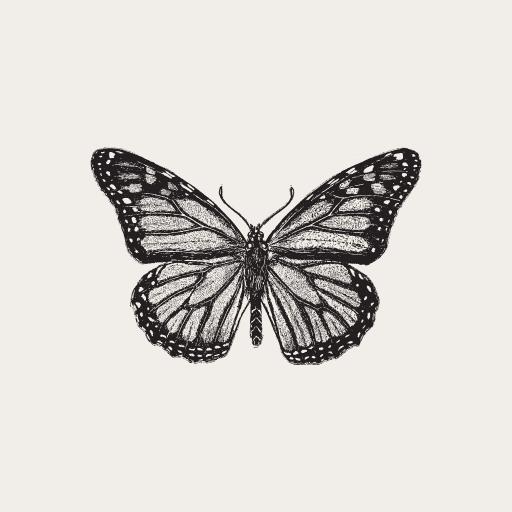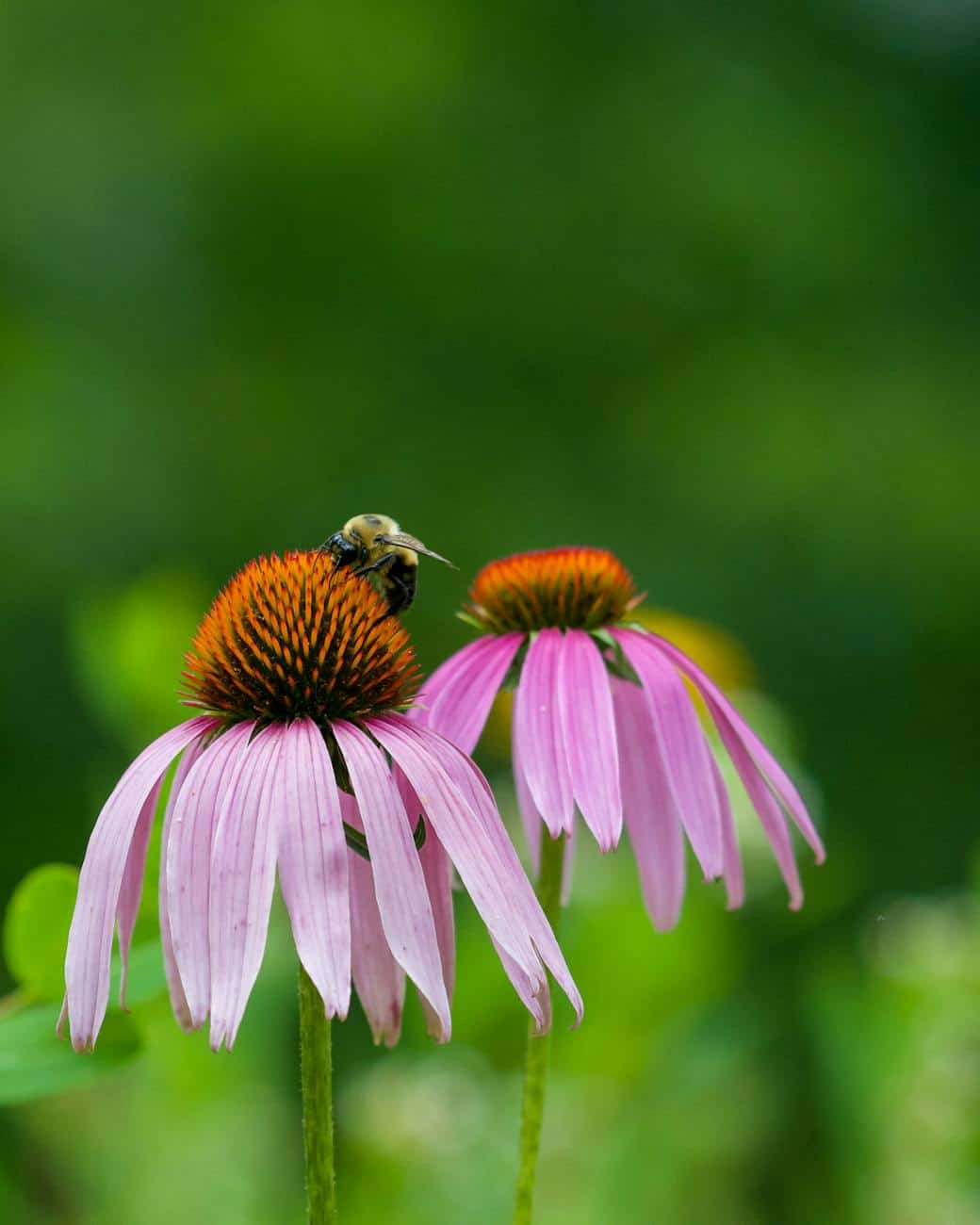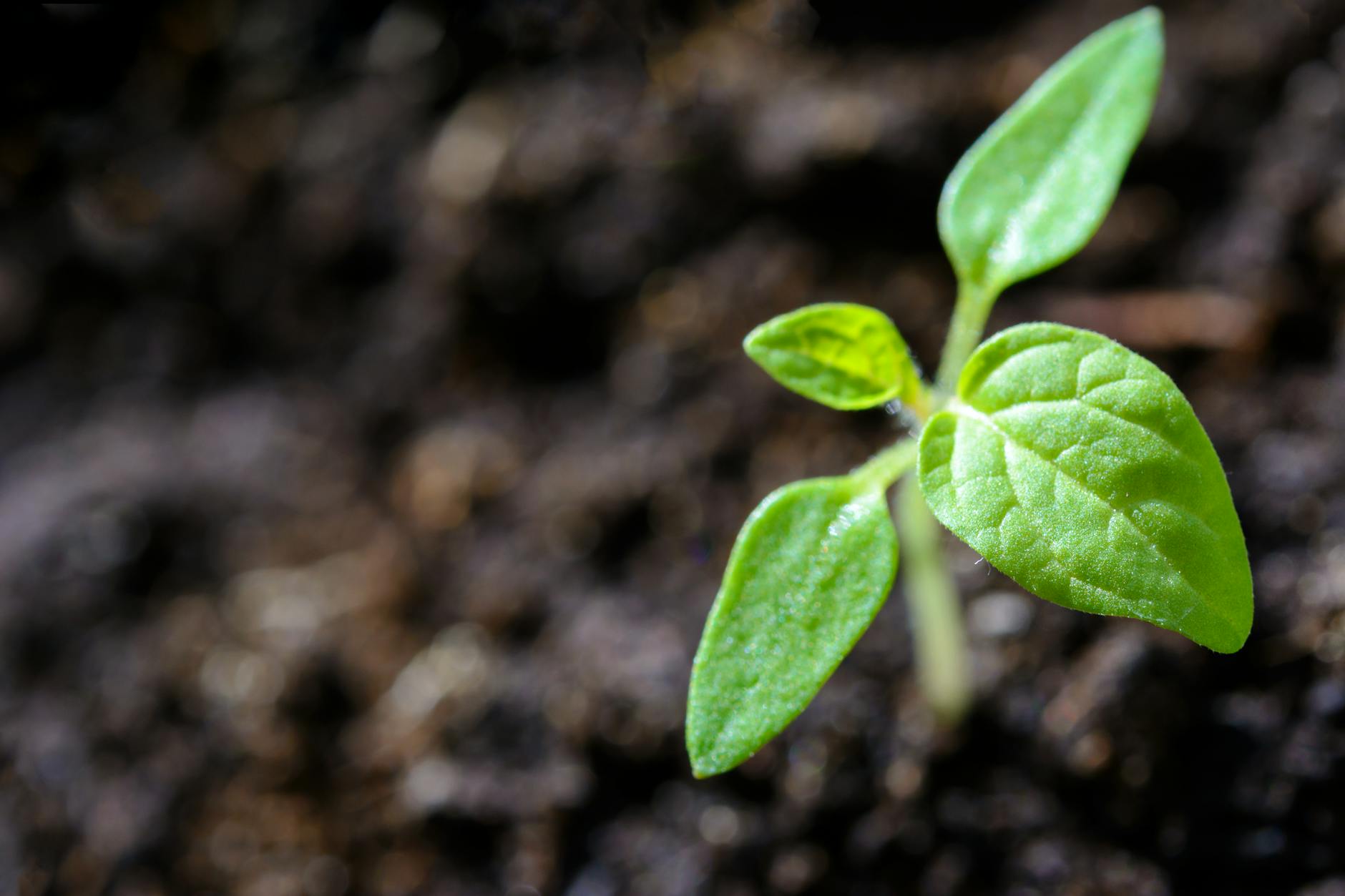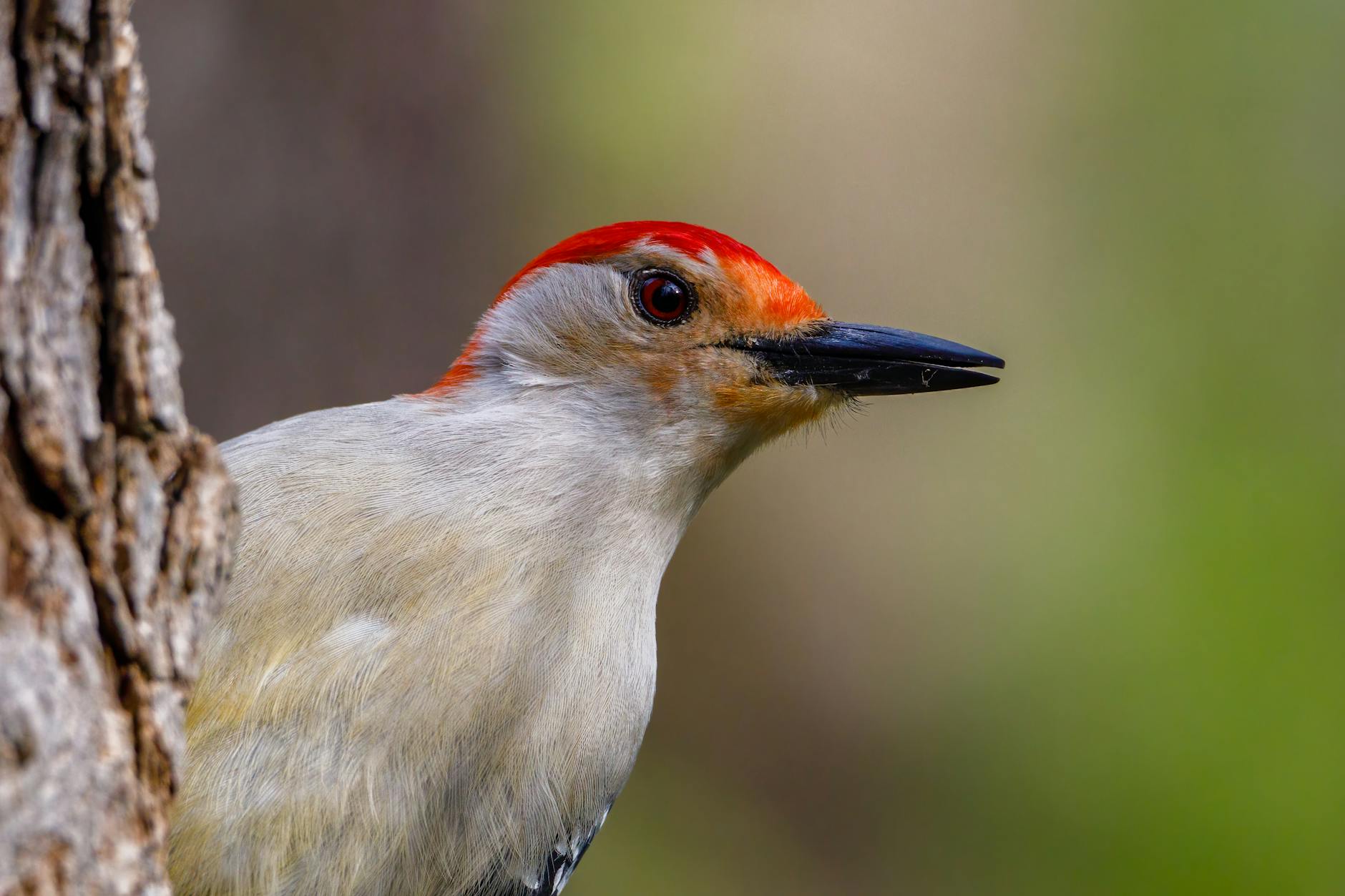Soil erosion is a silent force that chips away at the foundation of our ecosystems. It’s often an invisible threat until the land starts to show its wounds—bare patches, washed-out landscapes, and the erosion of fertile soil. The good news is that we have a powerful, natural tool to help prevent soil erosion and restore balance to our environment: native plants.
The Power of Native Plant Roots
When it comes to stabilizing soil, the deep roots of native plants stand out. Unlike non-native species, native plants have evolved to thrive in their specific environments. Their root systems are well-adapted to the local soil structure, often growing deep and wide, binding the soil together. These roots prevent erosion by acting as a natural net that holds the earth in place, especially in areas prone to flooding, heavy rain, or strong winds. When the roots of native plants anchor the soil, they form a stable base that helps water and nutrients stay where they belong, ensuring the soil doesn’t wash away.
The Role of Native Plants in Ecosystem Health
Soil erosion isn’t just a problem for gardeners—it has a cascading effect on entire ecosystems. Erosion leads to the loss of topsoil, which is vital for plant growth, and it can disrupt local wildlife habitats. Water runoff from eroded soil can pollute nearby streams, rivers, and lakes, affecting water quality and aquatic life. Native plants help mitigate this damage. By stabilizing the soil, they improve water retention and prevent excess runoff, allowing local ecosystems to thrive.
In addition to stabilizing the soil, native plants provide habitat for pollinators, birds, and other wildlife. By using native plants, we support the very ecosystems that depend on healthy soil to grow and survive.
Practical Steps: How to Integrate Native Plants for Erosion Control
So, how can you make a difference? Here are some practical steps to integrate native plants into your landscape to combat soil erosion:
- Research Local Native Plants: Begin by researching the native plants best suited for your area. Local plant nurseries, gardening groups, and conservation organizations can be helpful resources.
- Focus on Ground Covers: Plants that spread low to the ground, like native grasses, sedges, and ground covers, are excellent at stabilizing soil in areas with less plant cover.
- Use Shrubs and Trees: Trees and shrubs with deep root systems can act as natural windbreaks, further preventing soil erosion. Look for species that naturally grow in your region, and don’t be afraid to include a variety of plants to support a healthy ecosystem.
- Establish Buffer Zones: Creating buffer zones along waterways with native plants is one of the most effective ways to prevent erosion. These areas not only help with soil stabilization but also provide critical habitats for local wildlife.
- Get Involved in Local Conservation Projects: Supporting or volunteering in local erosion control or habitat restoration projects is a great way to take action beyond your own garden.
A Vision for a More Stable Future
Every garden, every plot of land, every small choice can contribute to the bigger picture of conservation. When we choose to plant native plants, we’re not just beautifying our yards; we’re helping to rebuild our planet’s natural resilience. The roots of these plants hold the soil together, create spaces for wildlife to thrive, and give hope for a future where our ecosystems are restored, healthy, and strong.
Imagine a world where every garden, roadside, and park is lined with native plants—where soil stays intact, water runs clean, and ecosystems flourish. The change starts with you. By choosing to plant native species, you become part of the solution. Your actions, though small, ripple out, creating a healthier, more sustainable world for all living things.
I often think of the simple, steady work of planting and nurturing native plants as a quiet act of rebellion against the forces of degradation. Every plant you place in the ground is a gesture of hope, a commitment to preserving what we have, and an invitation to others to join in this shared mission of conservation. You have the power to make a difference, one root at a time. Keep planting, keep dreaming, and keep growing toward a more sustainable future for all.



